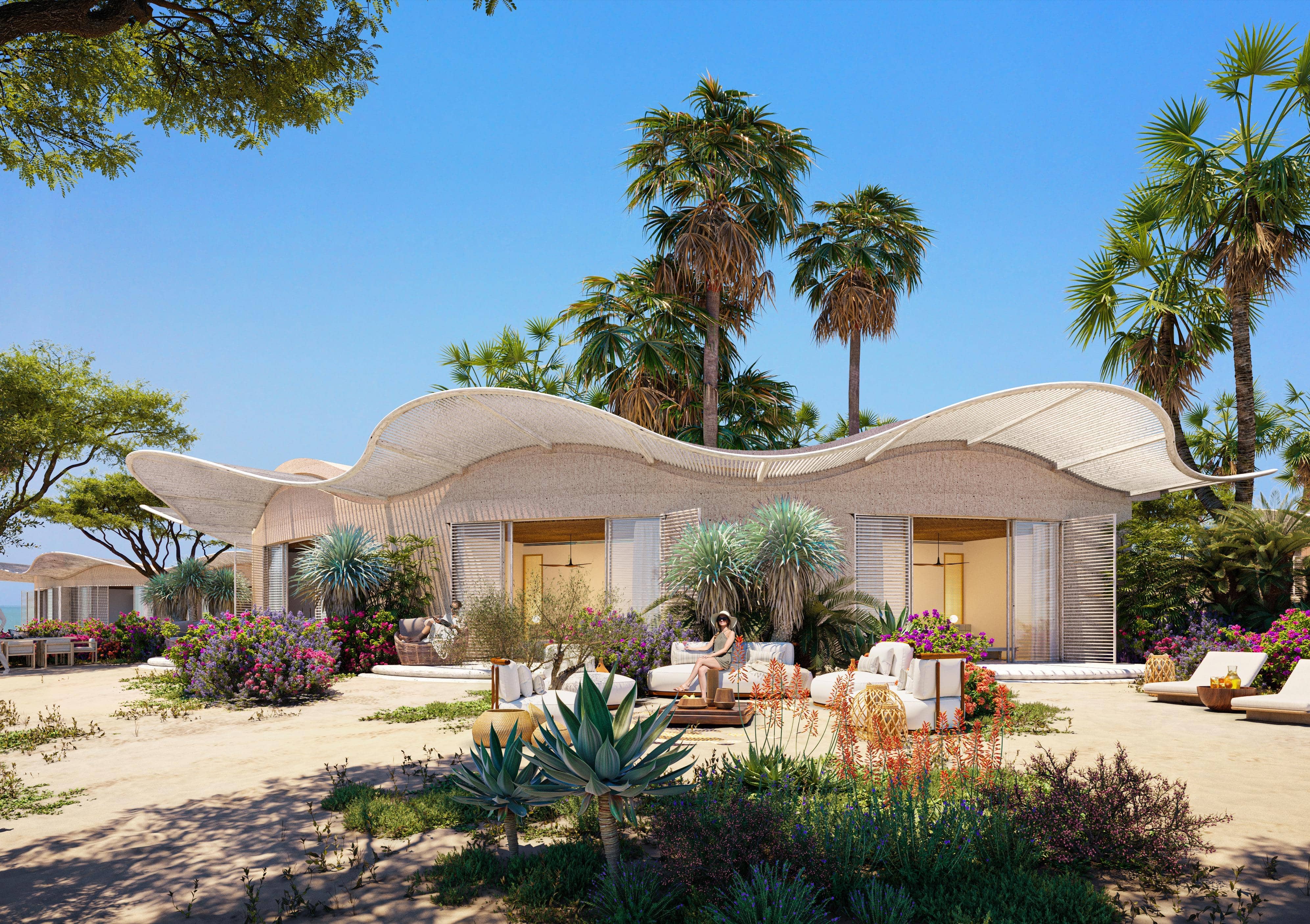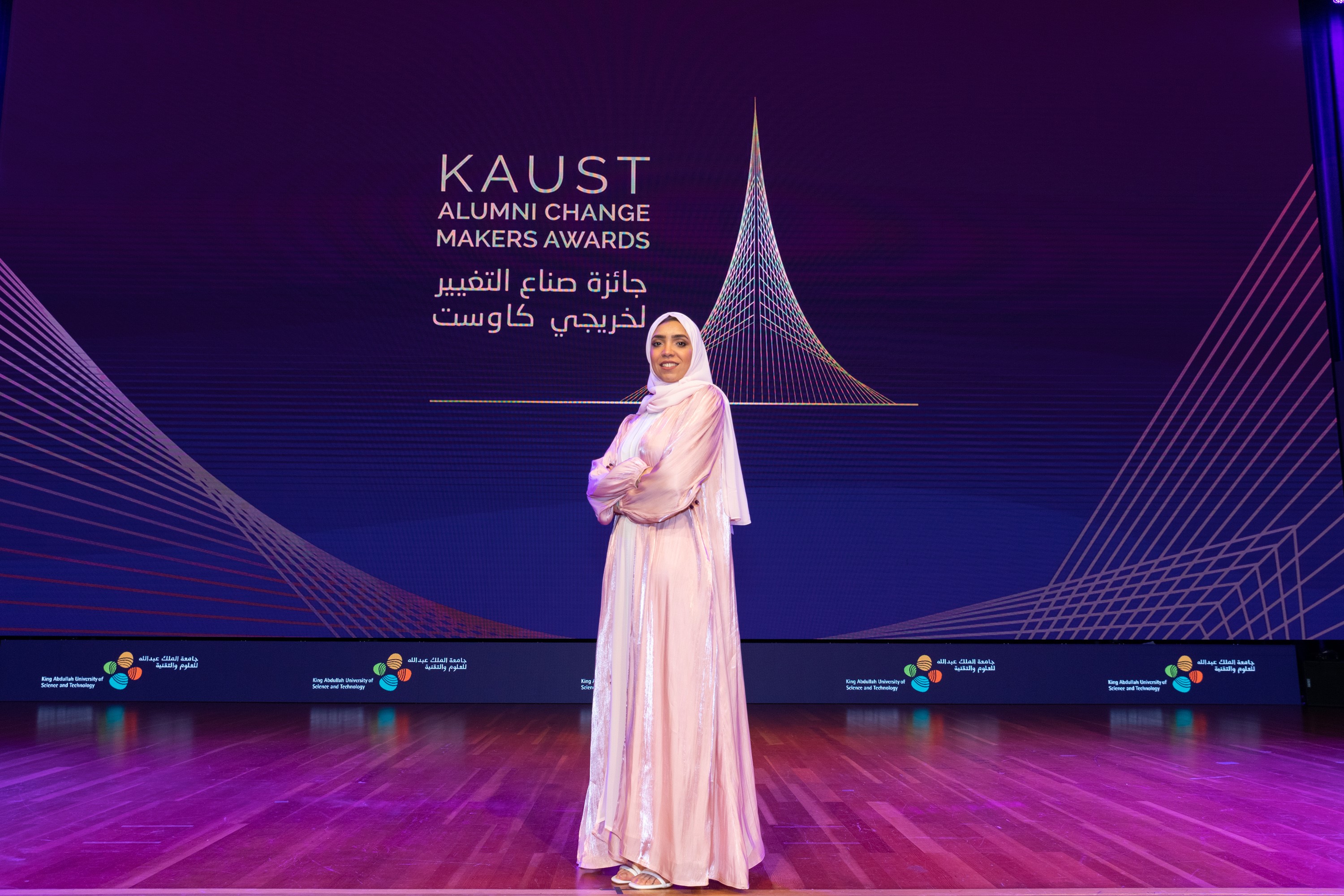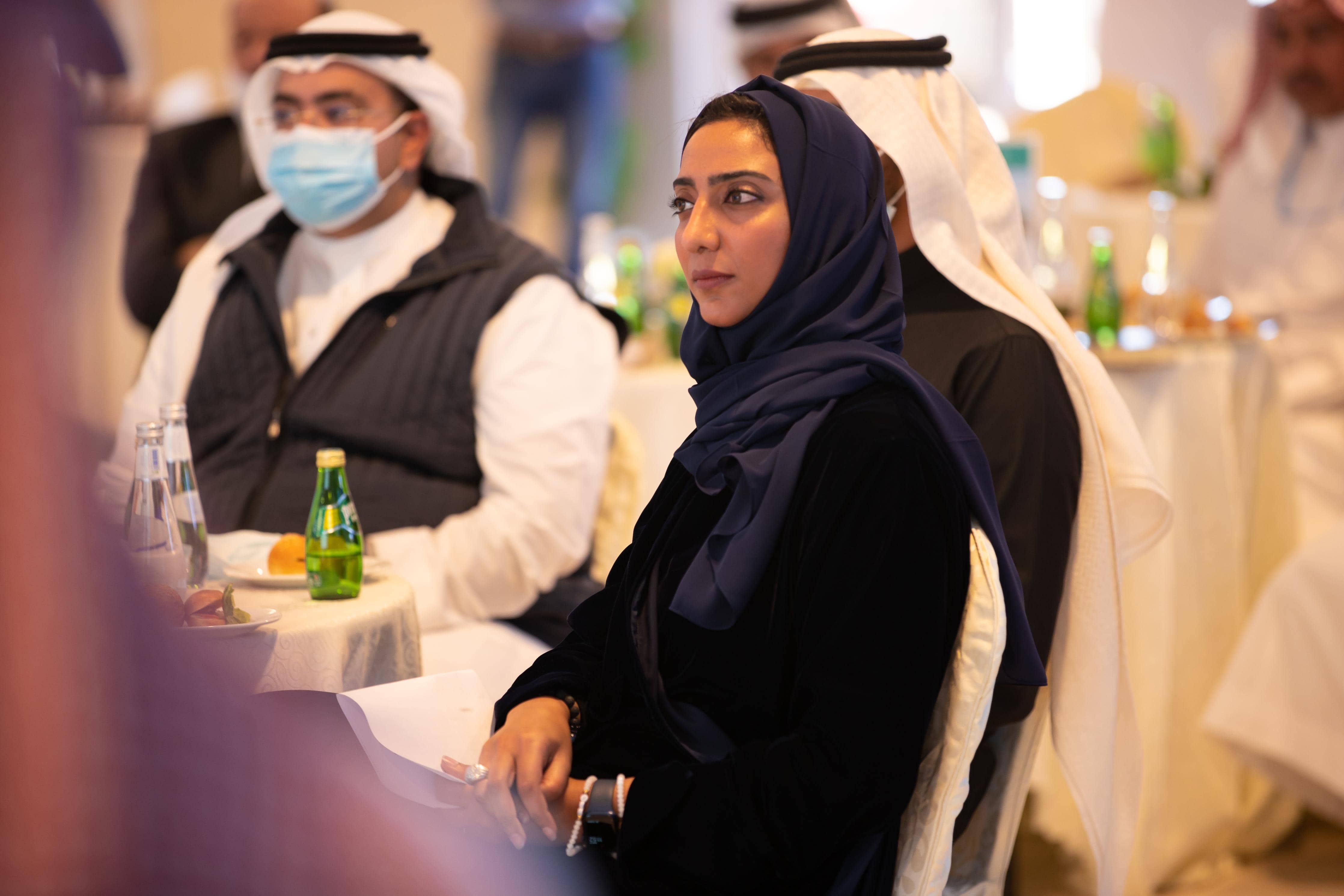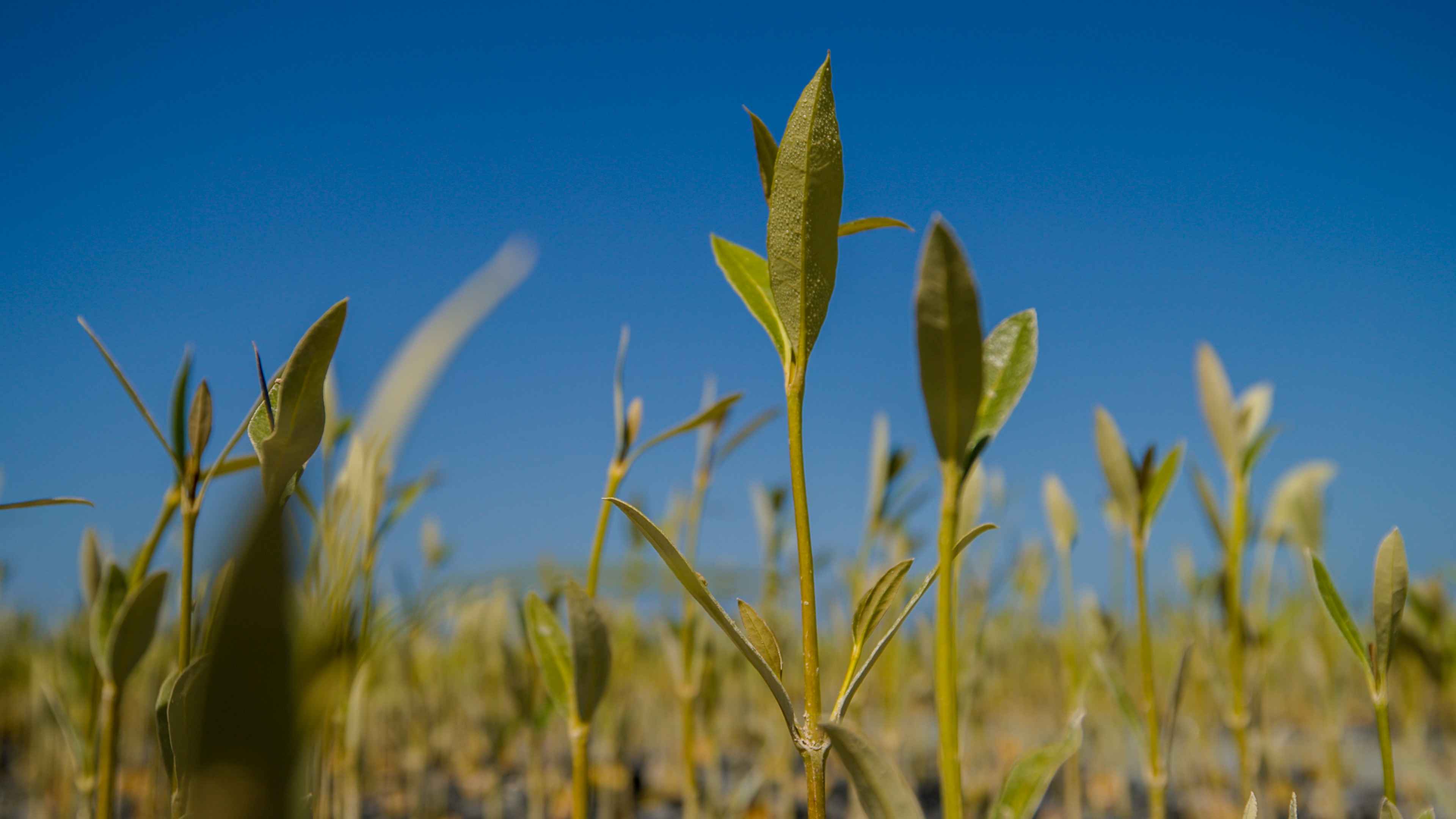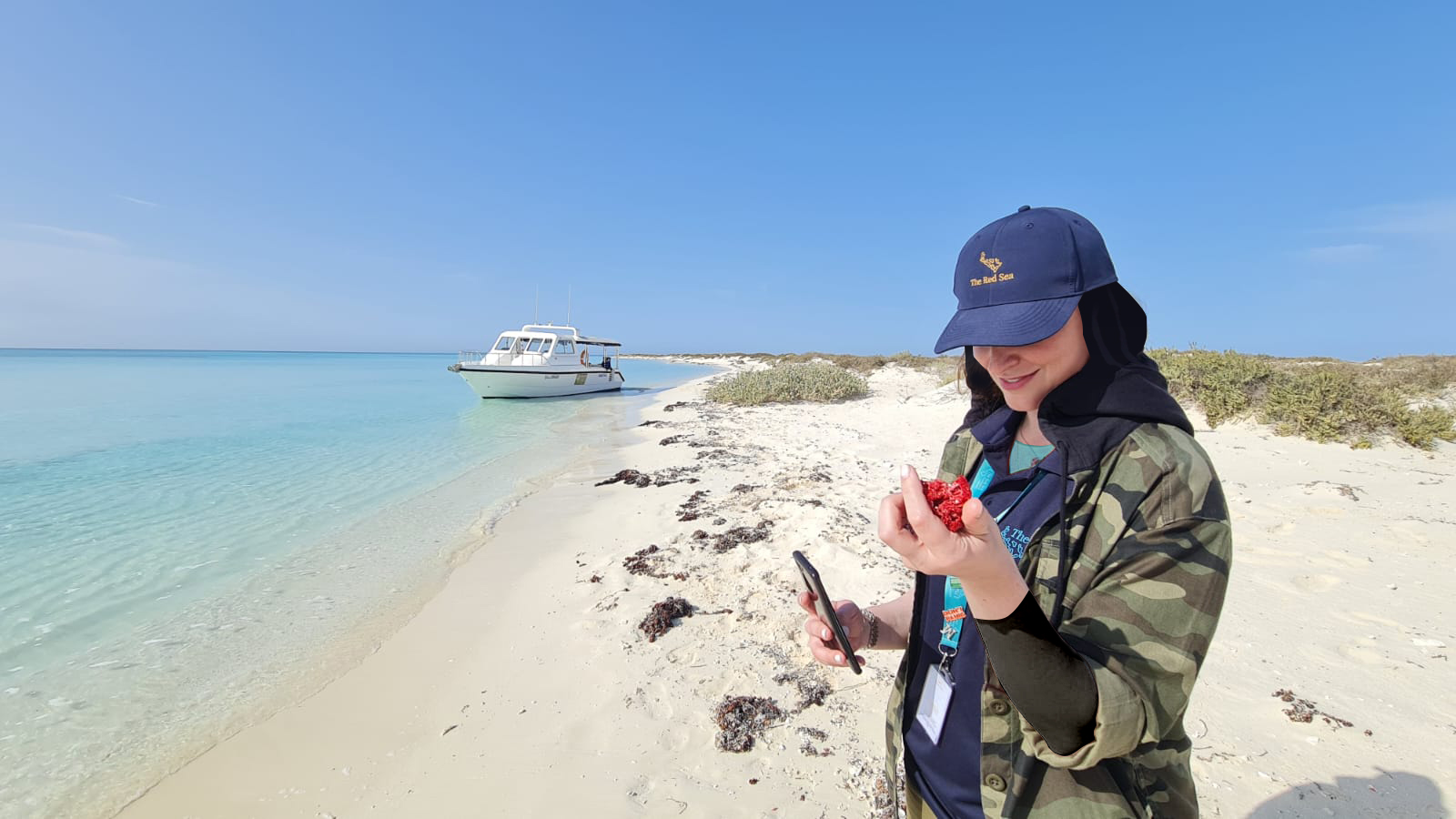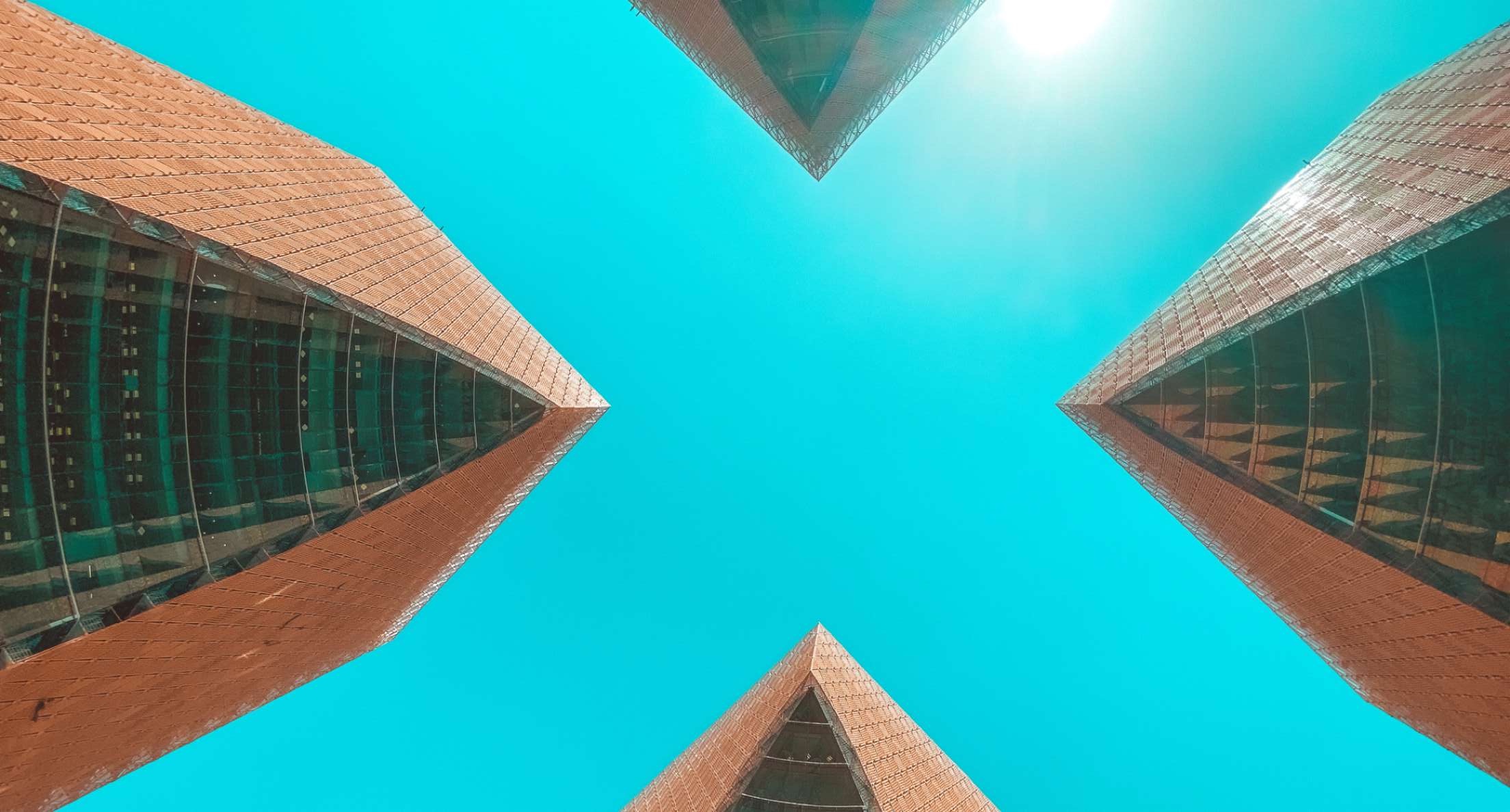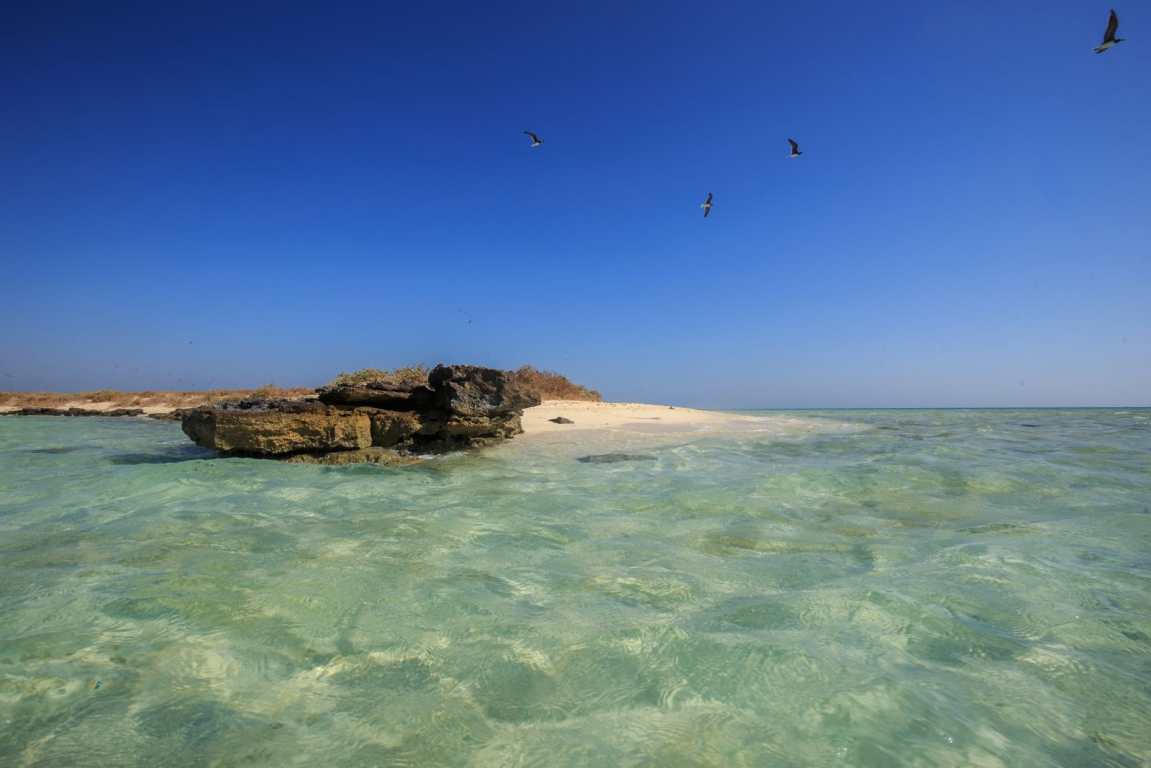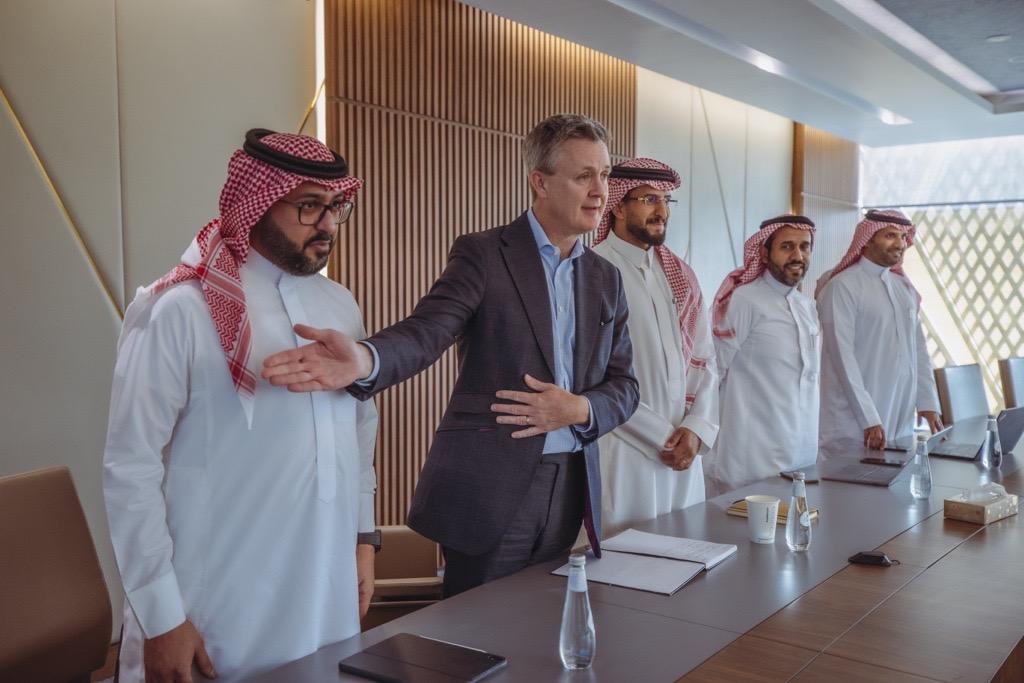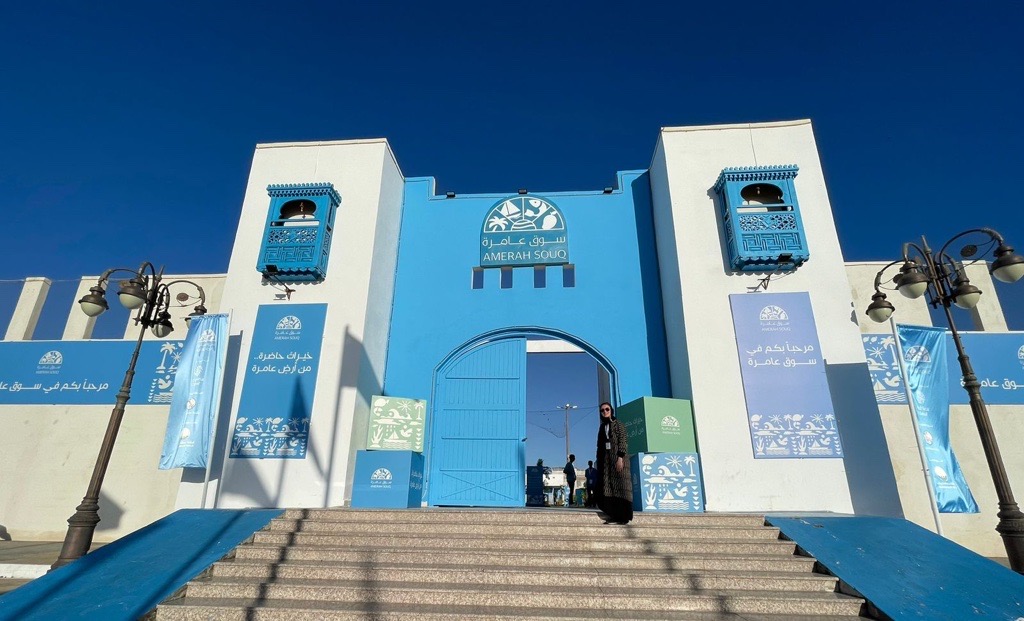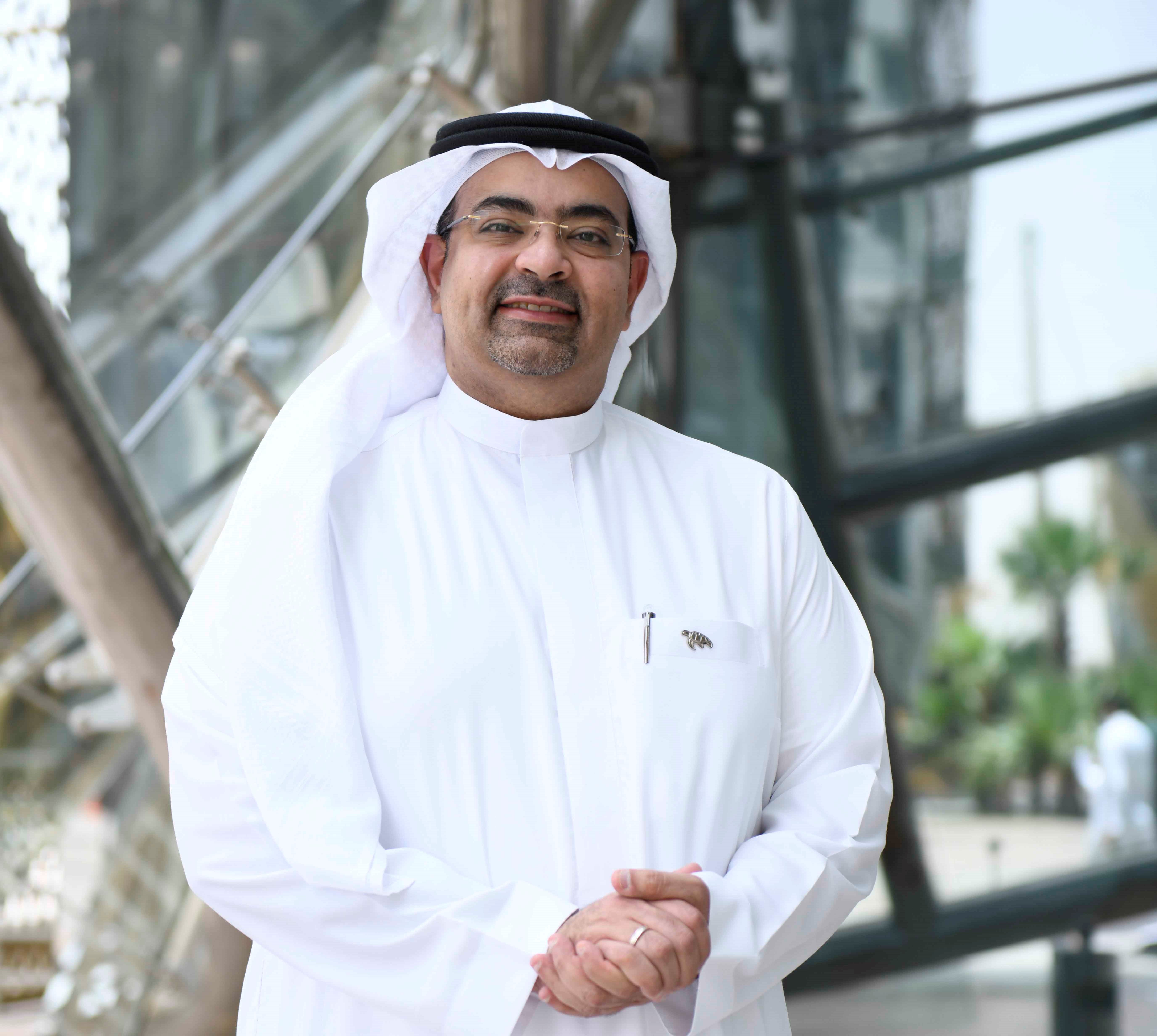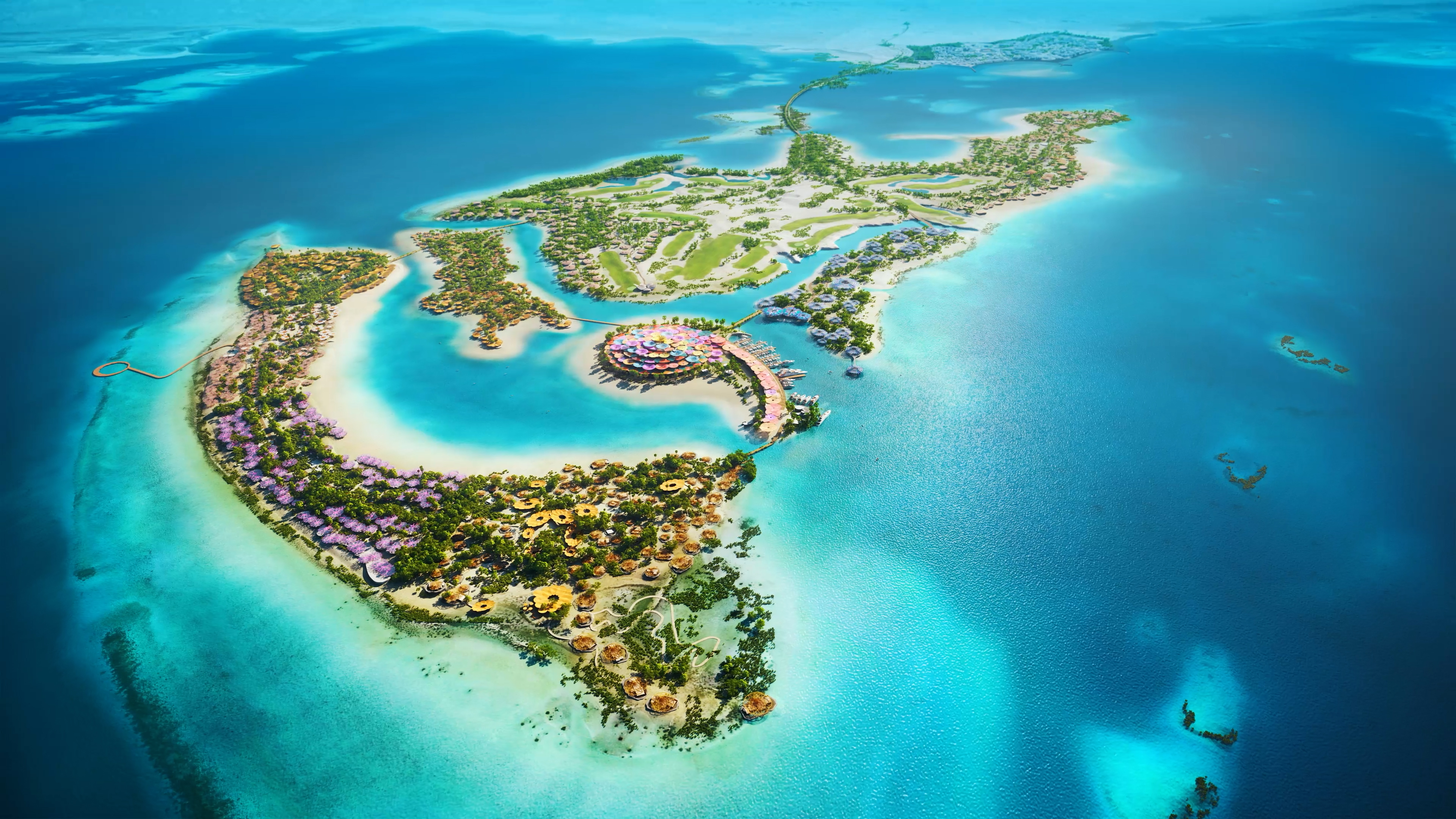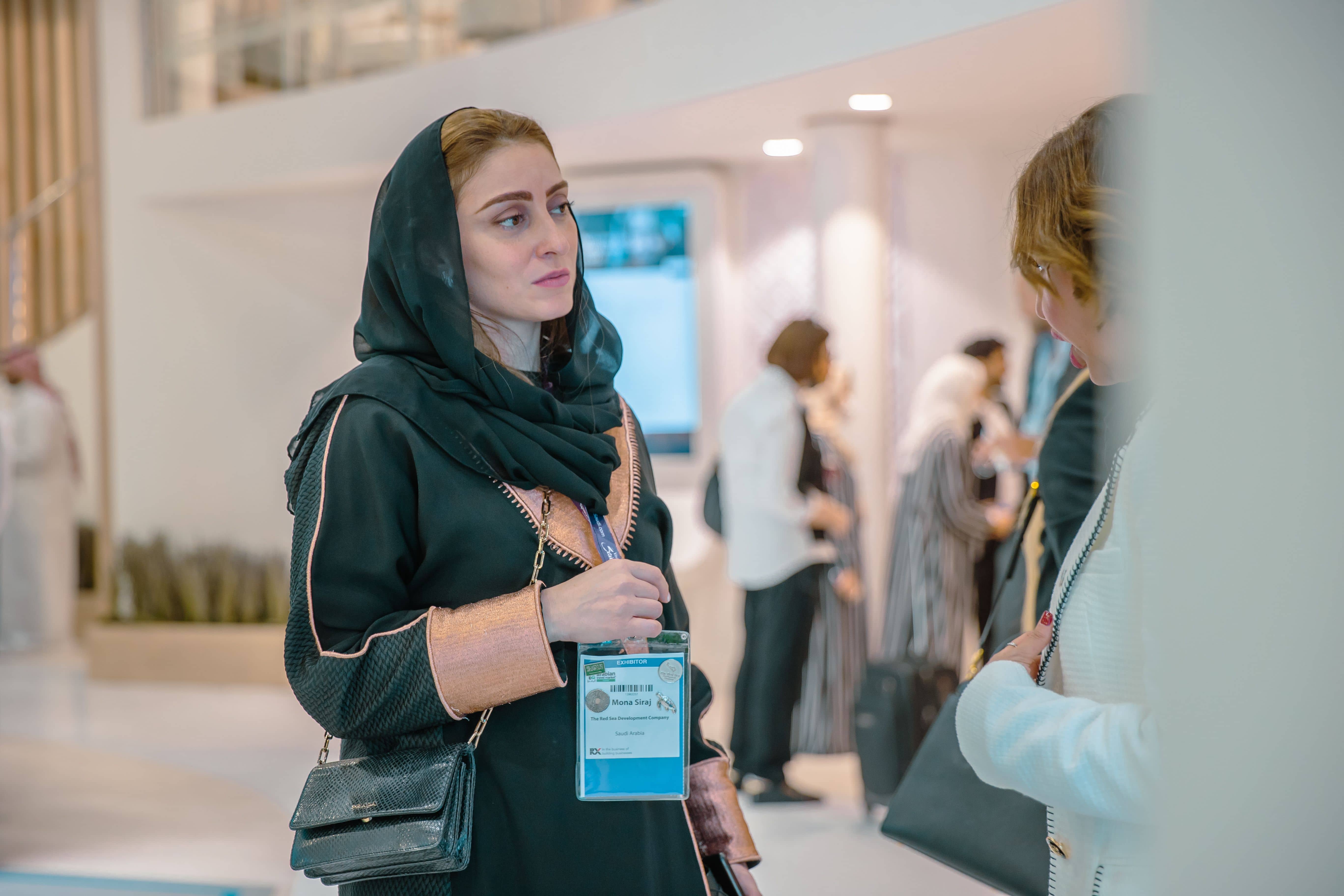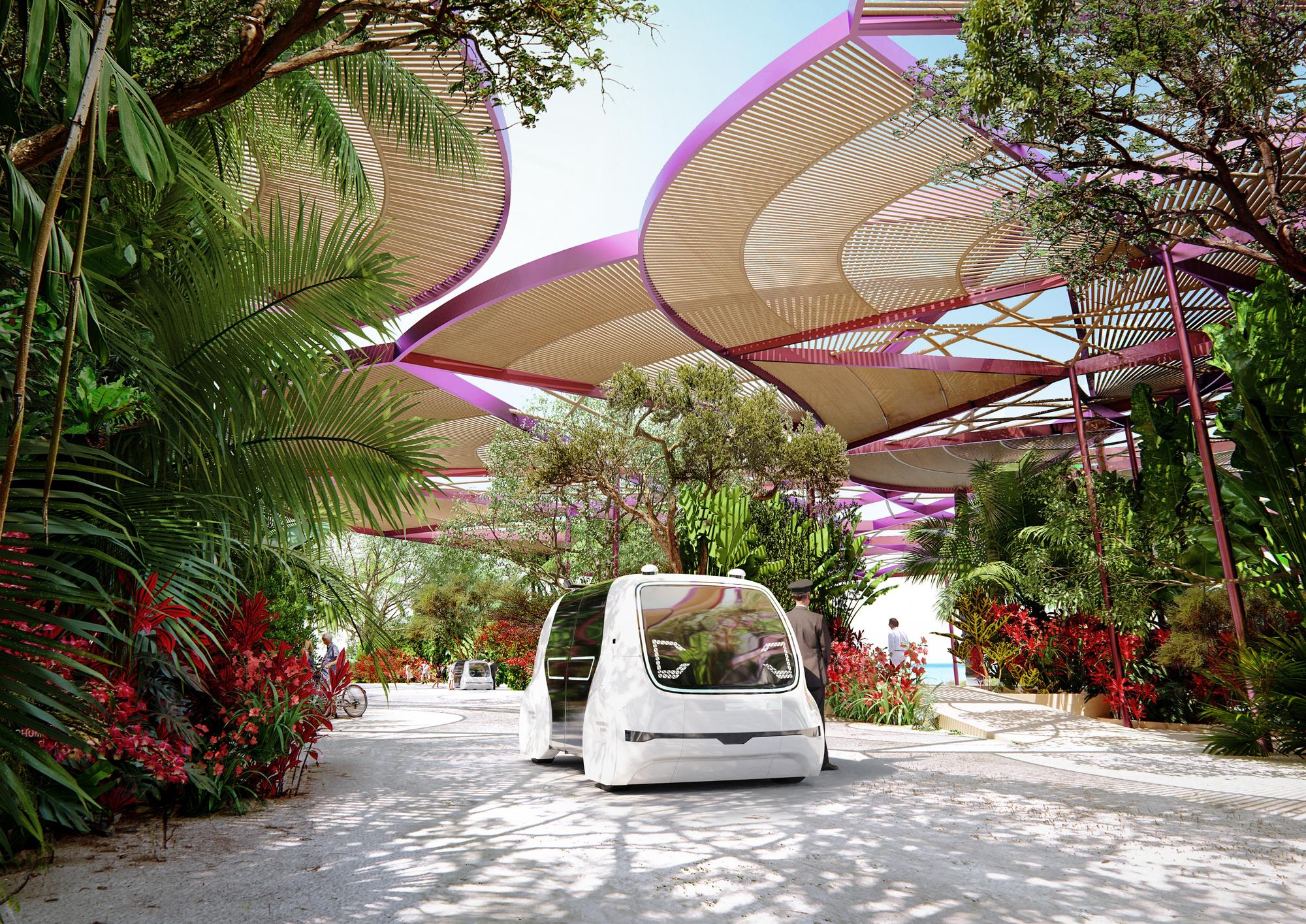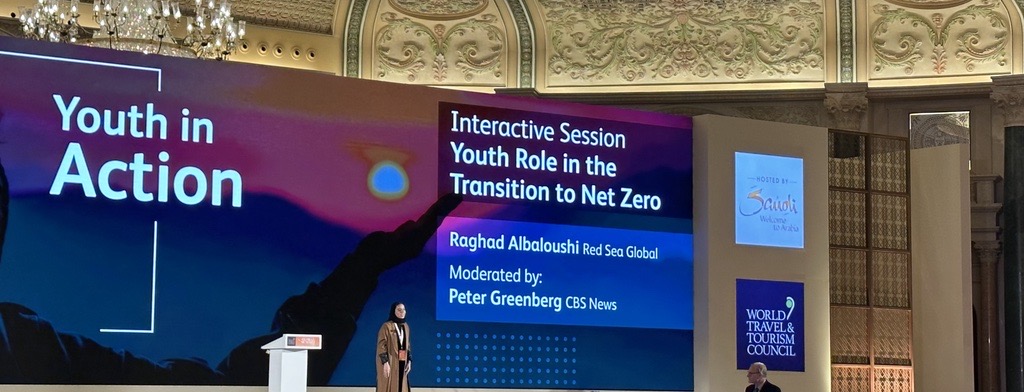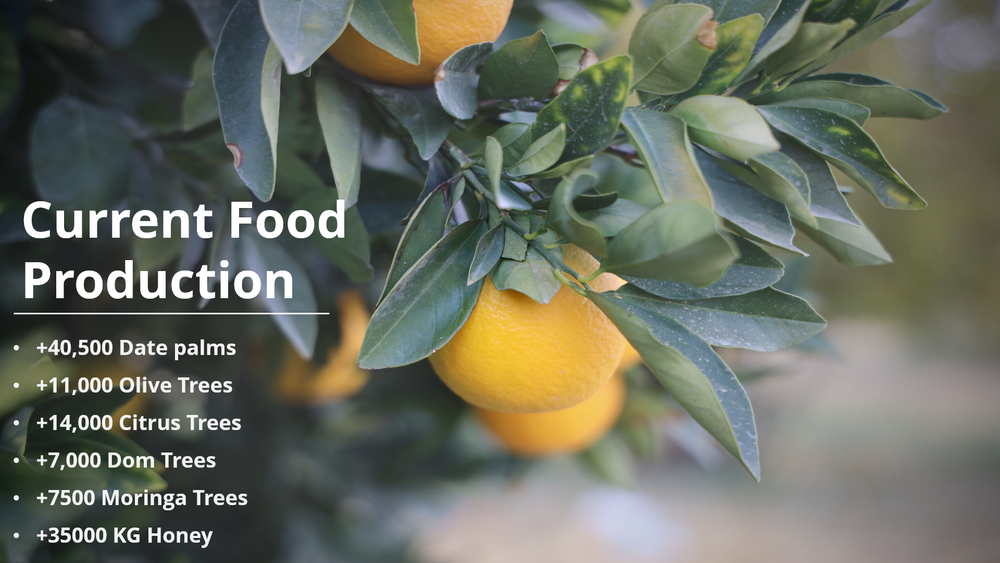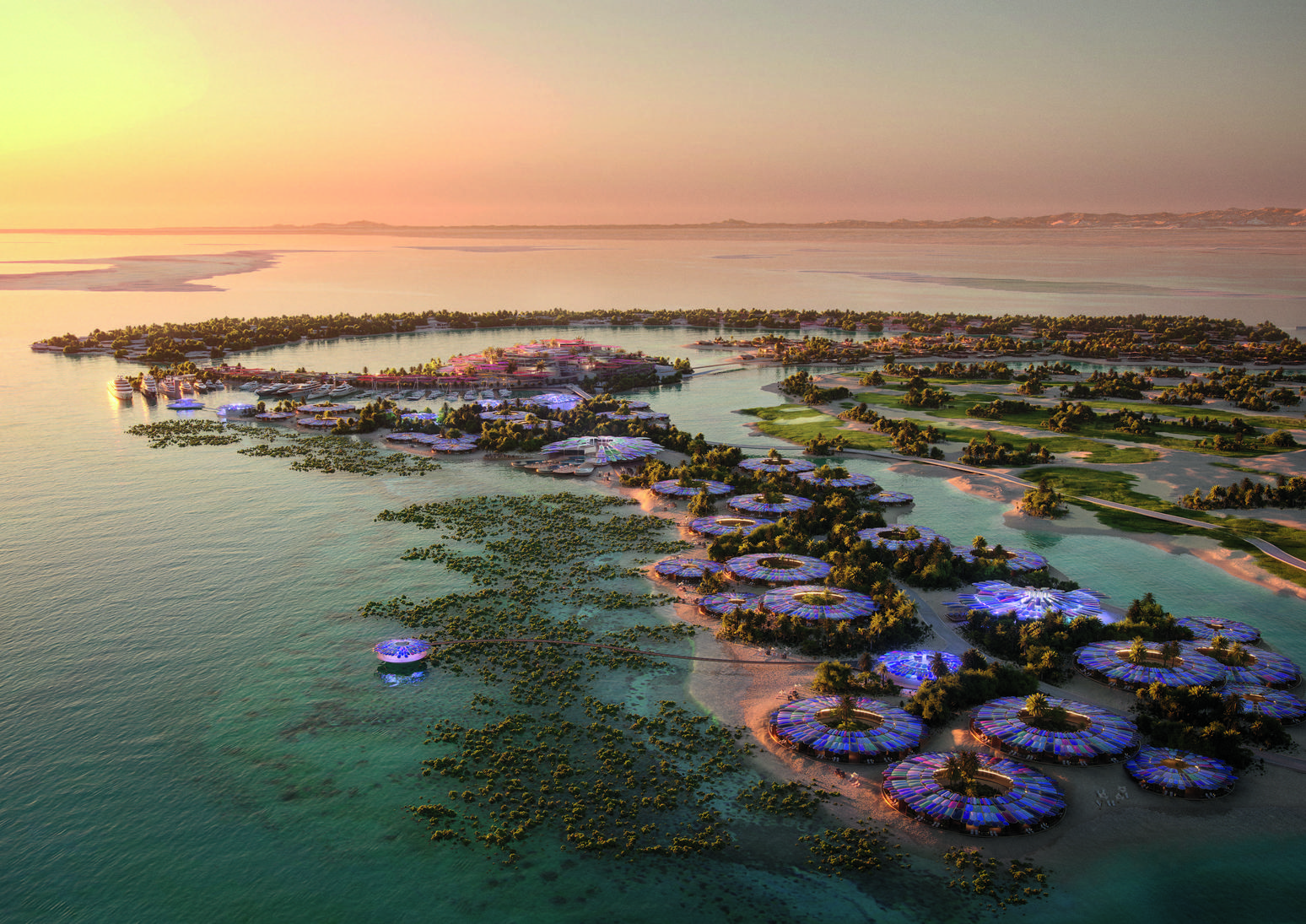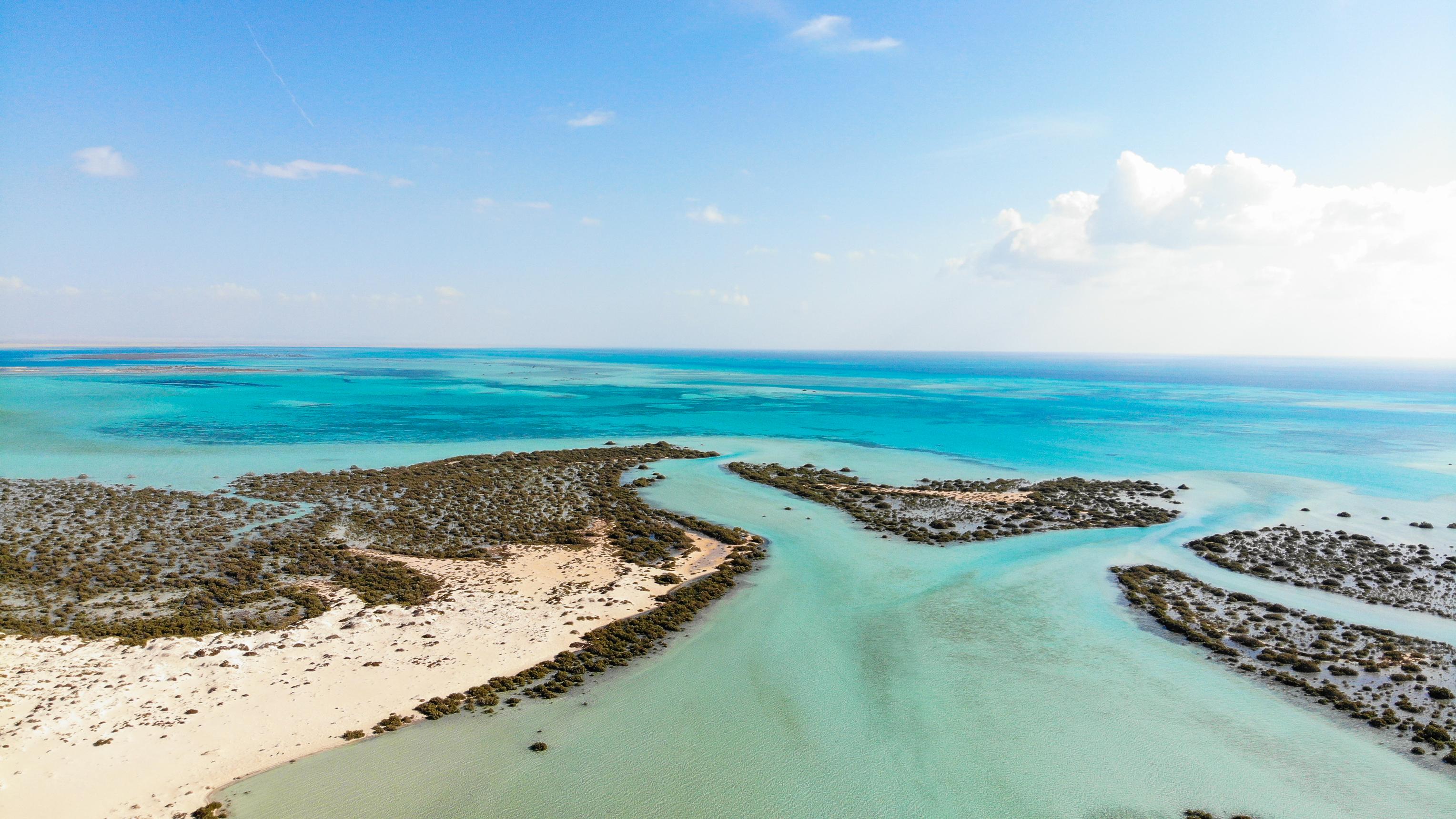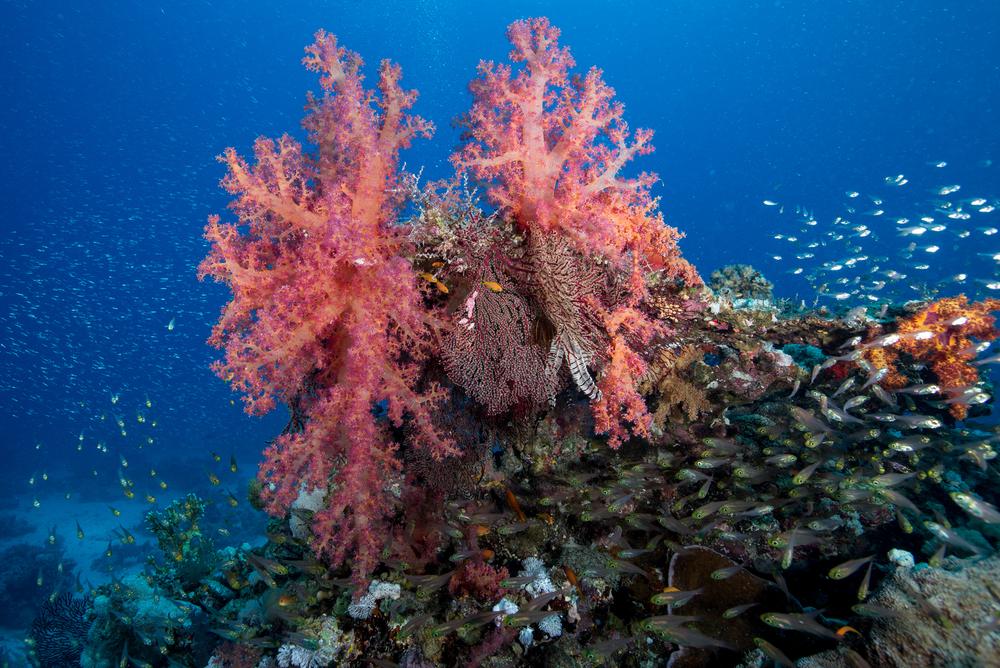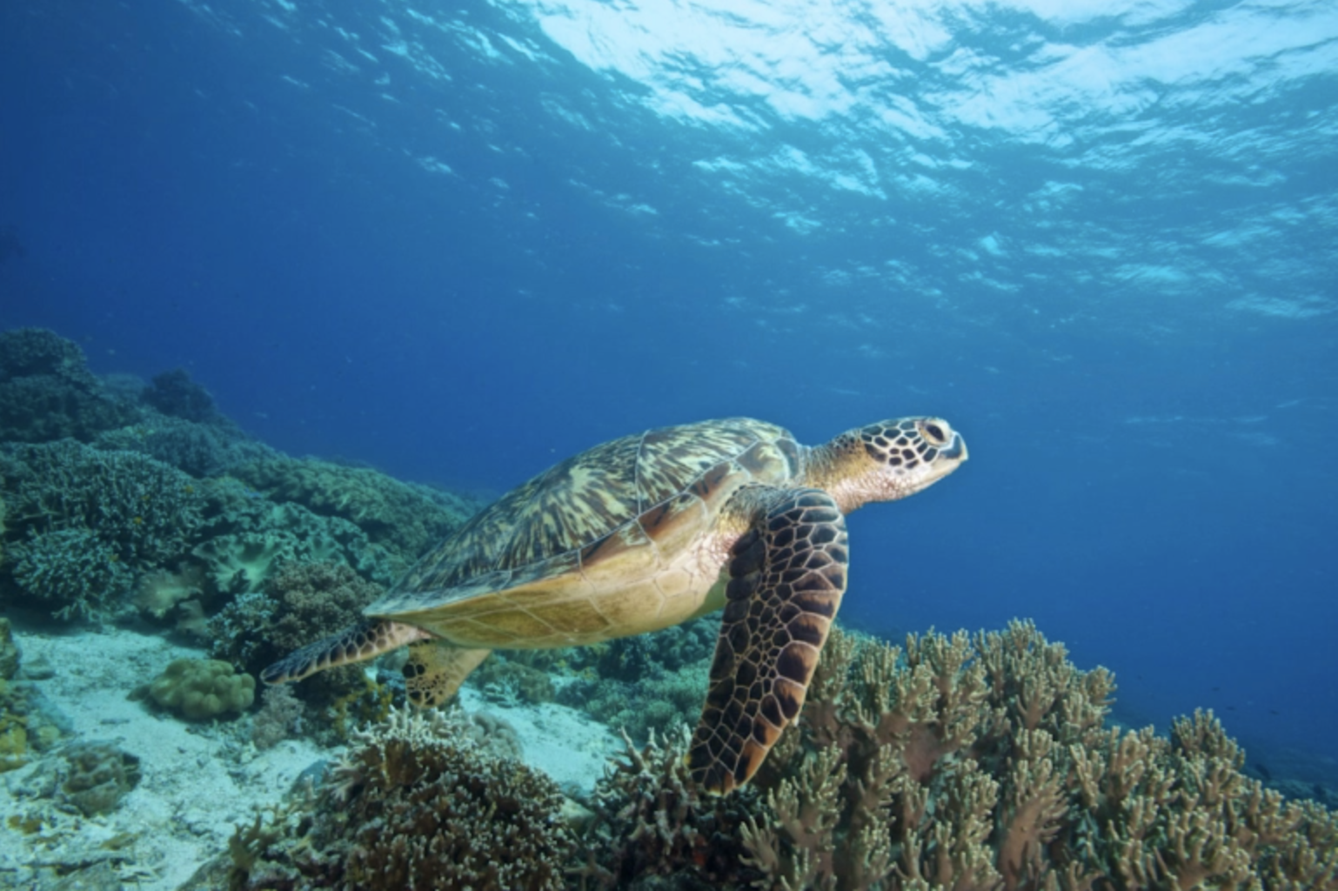Future Trends and Technologies Shaping the Face of Façades
By Rita Zeineddine, Architecture Director at Red Sea Global (RSG)
There is not an industry out there today that can escape the pressing demand for more sustainable solutions and products. The interior design and façades industry is no exception. In a world where the human footprint has contributed to a climate crisis, individuals and organizations are looking to identify a new way of working.
The future of the sustainability of buildings is influenced by three challenging factors: satisfaction of the occupants, energy saving and environmental impact neutralization. Through an innovative approach to design and willingness to think outside the box, the industry is rising to meet these challenges head on.
Smart Façades
In an effort to create a smarter façade, exterior walls are being transformed from relatively simple climate-defensive mechanisms to more active membranes that screen weather to reduce energy requirements.
Bioclimatic Architecture refers to the approach of designing buildings to improve thermal and visual comfort. These designs incorporate systems that provide protection from the summer sun, reduce heat loss in winter, and make use of the environment for heating, cooling, and lighting buildings.
Through Energy Harvesting Façades, buildings of the future can stay off grid and become truly self-sustaining. Equally, using adaptive façade solutions like dynamic shadings, chromogenic façades, solar active façades or Active Ventilated Façade (AVFs), we can naturally cool buildings, minimizing the reliance on AC systems, and in turn, our carbon emissions.
A high-performance façade will not only envelop your building but will ensure that you enjoy optimum comfort by adjusting things such as daylight exposure, glare reduction and heat absorption. For The Red Sea Project, smart façades are key as we aspire to go beyond current standards of sustainability to enhance the destination. This will mean not only having a regenerative impact on the destination, but the wider environment, local communities, and the Kingdom’s economy.
Living Organic Walls
In a paper review titled Green Facades and Living Walls—A Review Establishing the Classification of Construction Types and Mapping the Benefits, "The green façades and living walls of vertical greenery systems (VGS) are gaining increasing importance as sustainable building design elements because they can improve the environmental impact of a building.
Green roofs, green façades, and living walls are sustainable building design elements that are steadily gaining in importance and being increasingly widely applied. The application of green roofs is a much-established practice throughout the world.
However, having green façades and living walls can have more effect on the environmental impact of a building than having green roofs. Living walls are defined as designed, built, and maintained vegetation elements that potentially have multi-functional and deliberate environmental benefits for their built surroundings.
Living walls or green walls are self-sufficient which are attached to the exterior or interior of a building. The plants receive water and nutrients from within the vertical support instead of from the ground."
A Light-weight Approach
Along with advancements in façade technology, we have seen a push towards lighter yet high performing material that can satisfy both the functional and aesthetic needs of modern construction projects. This trend is only set to grow in the future. Examples include replacing cast iron and traditional steel components with lightweight materials such as high-strength steel, magnesium (Mg) alloys, aluminum (Al) alloys, carbon fiber, and polymer composites.
At The Red Sea Development Company we’re not only using such light-weight materials but we’re also sourcing from the local area and the wider Red Sea region to further support our bid for sustainability.
For each of us contributing to the planning and progress of The Red Sea Project, sustainability always takes center stage, closely followed by guest experience. We’re confident that we are applying these future trends and technologies, enabling our partners and the wider industry to innovate, and ultimately setting new standards for the tourism development sector.
About Red Sea Global
Red Sea Global (RSG - www.redseaglobal.com) is a closed joint-stock company wholly owned by the Public Investment Fund (PIF) ofSaudi Arabia.
RSG is a global multi-project developer, seeking to lead the world towards a more sustainable future, showing how responsible and regenerative development can uplift communities, drive economies, and enhance the environment. The protection of natural capital is central to all development decisions, as the organization seeks to create abetter future for all.
A cornerstone of Saudi Arabia’s Vision 2030 ambition to diversify its economy, RSG is playing a key role in transforming the nation, by creating exciting opportunities for young Saudi talent and the private sector, as it develops built assets and destinations across multiple sectors that make a positive impact for people and planet.
RSG is the visionary company behind some of the world’s most ambitious development ventures, including luxury regenerative tourism destinations such as The Red Sea and AMAALA.
Across its portfolio, RSG leverages the most innovative concepts, strategies, and technologies to deliver projects that actively enhance the wellbeing of customers, communities, and environments.



